C2CNT process converts flue gas from natural gas power plant into carbon nanotubes
Green Car Congress
JULY 29, 2019
On 26 July, the first flue gas from the natural gas power plant, the Shepard Energy Center in Calgary, Canada, was directly transformed by the C2CNT process ( earlier post ) into carbon nanotubes. Our C2CNT team is working on bringing to fruition a carbon-based economy with change comparable to the introduction of the plastics economy.


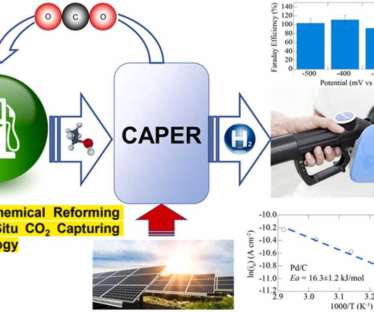

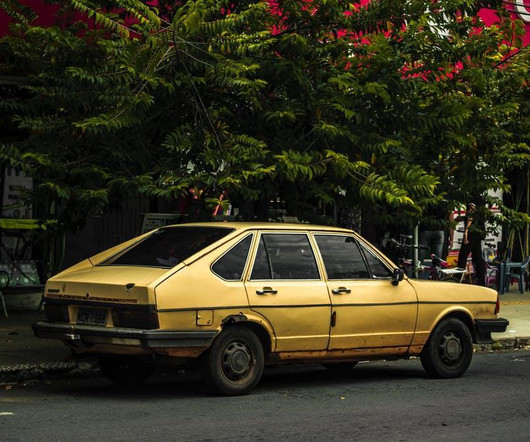




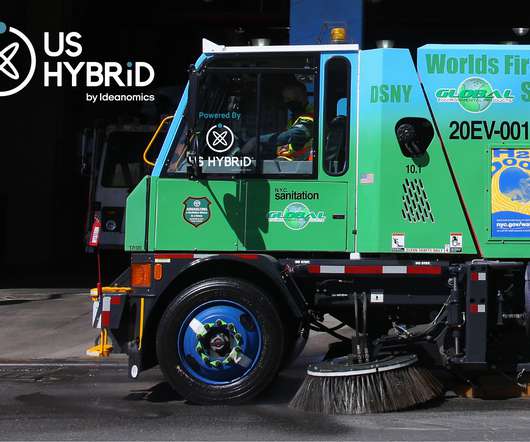













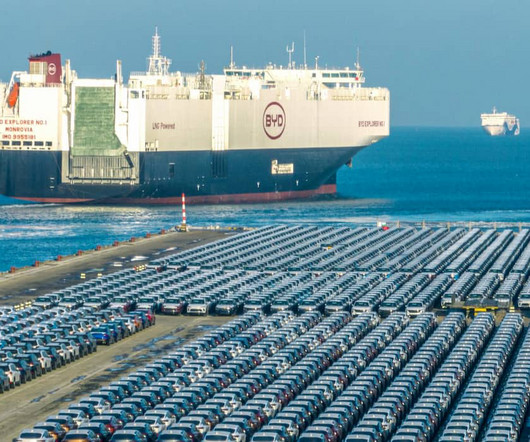
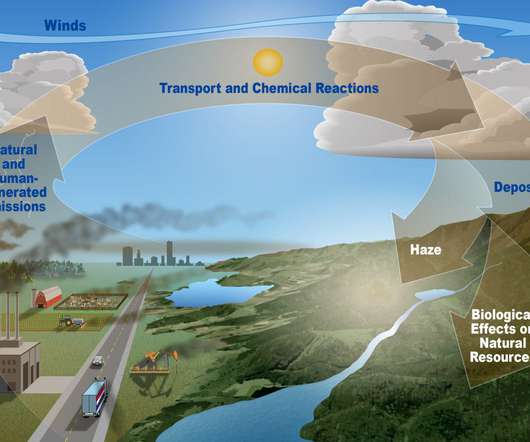

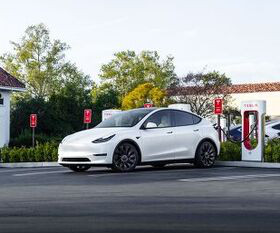













Let's personalize your content